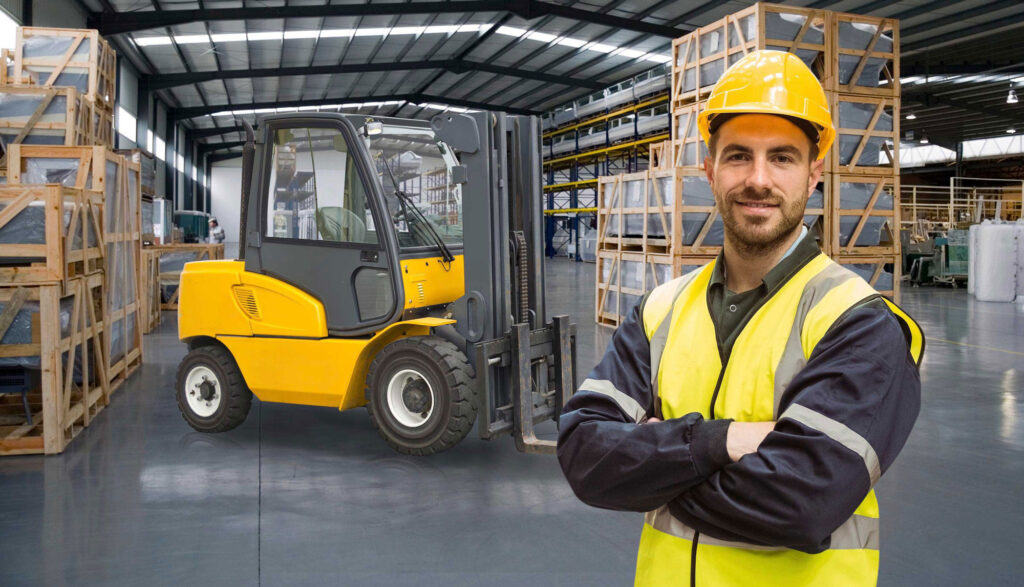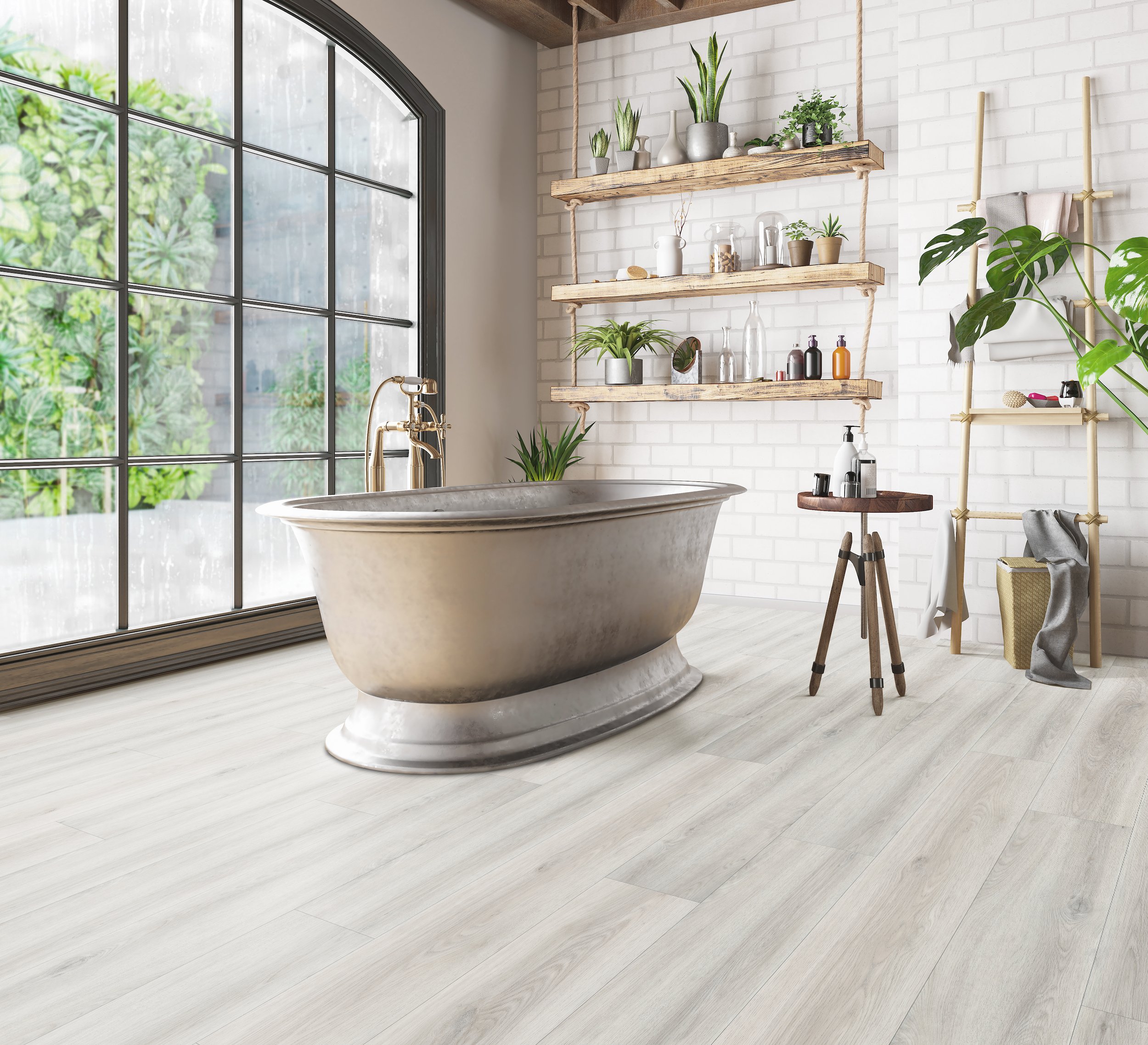
When it comes to advancing in your career, the more training and certifications you have, the more employment opportunities you’ll have. Acquiring special skills and certifications is the best way to open more doors for yourself professionally, and in turn, climb the corporate ladder.
Yet that’s not the only benefit of increasing your skill set. If you work in a warehouse environment, becoming forklift certified can be especially beneficial, not only for increasing the number of employment opportunities available to you but also for other reasons you might not have considered.
If you’re looking to grow professionally and experience other benefits that extend beyond, here are some great reasons you should consider getting forklift certified.
Increased Workplace Safety
If you’re already working with a forklift, and you’re not yet certified, then this isn’t just putting yourself at risk, but also your fellow employees. Becoming certified increases workplace safety, and contributes to a more secure working environment for everyone.
Unfortunately, there are many employees operating forklifts without the proper training and certification, and this puts everyone at risk not only physically, but it could also cost your business a significant amount of money in fines.
Safety protocols are put in place for a reason, and using a forklift improperly could lead to not only injury but even death. Doing your part to keep everyone safe is a noble cause that will contribute to the well-being of everyone around you
More Work
When looking for contract work, you’ll find that employers are much more eager to hire people who have a wide variety of skills. Forklifts are commonly used in all sorts of different environments, from distribution centers to manufacturing warehouses. If you can present yourself as an employee already certified to do something they’re looking for, then you’ll find your resume will usually go on top of the pile.
Higher Earning Potential
Forklift operators almost always have a higher earning potential than entry-level positions that are not certified. The more experience you have, the more you can grow and apply for promotions, and the more motivated you show your employers you are to grow in your field.
Lastly, if management is something you’d eventually be interested in, then you’re much more likely to be considered for management if you can demonstrate that you’re willing to go the extra mile in your role.
Pride
Besides having the opportunity to grow more in your career, you also have a certain sense of pride attached to increasing your skill set. After all, there’s something to be said for taking the initiative to continue to learn and advance in your career.
Having a sense of pride about how good you are and how qualified you are to do your job is significantly worth it. This can help you not only in your professional life but also in your personal life since you’ll have an increased sense of purpose and self-worth.








